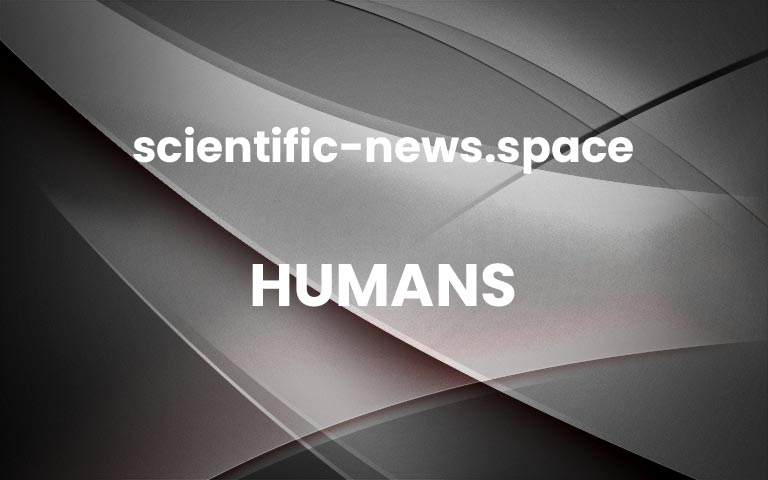Earliest American dog hints pets accompanied first people in Americas
By Karina Shah
A bone fragment, found in south-east Alaska, belonging to a dog that lived more than 10,000 years ago
Douglas Levere / University at Buffalo
Dogs were domesticated at least 27,000 years ago, and they have been tagging along with humans ever since. Now, we may have the strongest evidence yet that early dogs even accompanied the first Americans as they moved along the Pacific coast.
Charlotte Lindqvist and her colleagues at the University at Buffalo in New York extracted DNA from the oldest known dog remains found in the Americas, and found the genetic signature is consistent with the idea that dogs first arrived in the region between 17,000 and 16,000 years ago – which is also roughly in line with the currently accepted time for the arrival of the first Americans.
Advertisement
The small bone – a piece of the dome-like head of a thighbone – measures 1 centimetre in diameter and was originally found in the late 1990s in Lawyer’s cave, a site in south-east Alaska.
About 15 years ago it was carbon dated to a little more than 10,000 years old, although at the time the small bone fragment was assumed to have come from a bear. Only when Lindqvist and her colleagues studied DNA from the specimen did they realise it belonged to a dog, which makes it the earliest evidence of dogs found so far in the Americas.
The team isolated mitochondrial DNA from the bone to understand the dog’s genetic history. “The mitochondrial DNA gives us a history of the dog’s mother because it contains maternally inherited DNA,” says Lindqvist.
The DNA sequence showed that the ancient Alaskan dog was closely related to the lineage of domestic dogs that were living in the Americas before European contact and colonisation. In detail, the exact lineage the Alaskan dog belonged to branched off from these “precontact dogs” about 14,500 years ago. The genetic data also showed that the Alaskan dog’s lineage branched off from dogs living in Siberia roughly 16,700 years ago.
“This dog belonged to a descent of very early dogs that moved into the New World soon after the ice age around 17,000 years ago,” says Lindqvist.
Archaeological and genetic evidence suggests humans also moved into the Americas roughly 17,000 years ago – several thousand years earlier than once thought. This has led to a reassessment of how they did so.
Originally it was thought early Americans migrated along an internal corridor between the two large ice sheets that were covering the land after the last peak in glacial activity. This would have seen them enter what is now the lower 48 states of the US via what is now Montana. But this route didn’t become viable to travel through until 13,000 years ago, so the very first Americans must have taken a different route.
Many researchers now think the early Americans travelled along the coast of what is now Alaska and British Columbia, probably because the ice sheet at the North Pacific coast began retreating earlier and provided an ice-free coastal corridor. If dogs also moved into the Americas about 17,000 years ago, they presumably did so with these coastal human communities.
“Humans must have moved over Siberia and Alaska into the New World via a route along the coast, and they brought their dogs with them,” says Lindqvist.
The dog bone found in south-east Alaska is around 250 years older than the previously confirmed earliest dog remains reported from a site in Illinois in 2018. “I am very happy to lose our record for the earliest dogs in the Americas, as this new Alaskan dog represents an important piece of the puzzle,” says Angela Perri at Newcastle University, UK, who led the research in 2018 and wasn’t involved in this new study.
Journal reference: Proceedings of the Royal Society B: Biological Sciences, DOI: 10.1098/rspb.2020.3103
More on these topics: More



